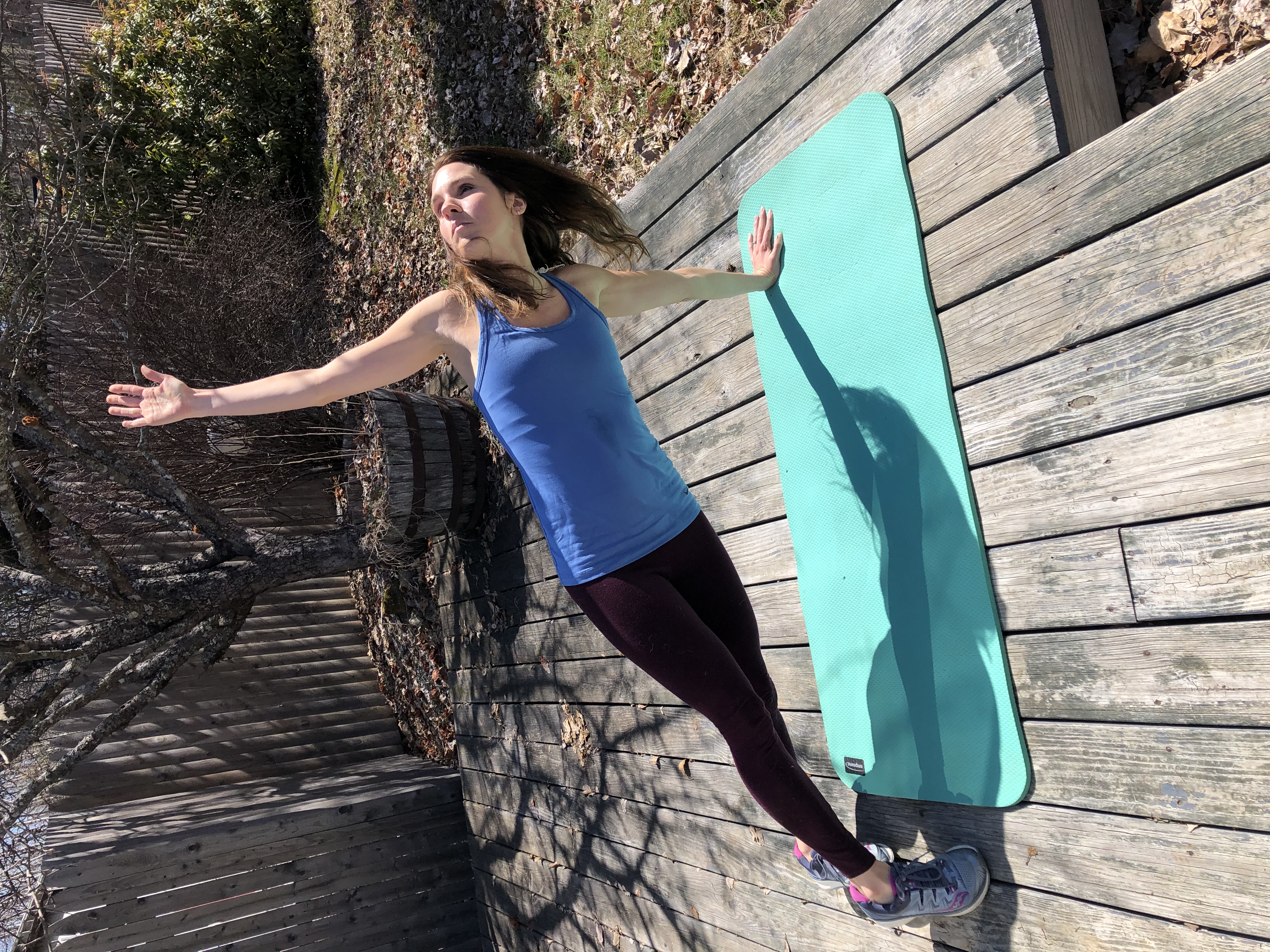I once watched a rancher deliver a stillborn calf. At the time, I was vacationing in Colorado at a dude ranch, riding horses and herding cattle all before the lunch bell rang.
At a loss for something to ride, pet or feed one noon, a cook told me, “You should go see Tulip deliver. That’s real ranch life right there.”
Obviously, she didn’t know the calf would be stillborn anymore than I did. I was supposed to witness the miracle of birth, not the tragedy of death.
As a mother of three, I knew all about the miracle of birth. Each one of my babies prefered life in utero to the bother of being born. They were late then, and they’ve been late ever since. I blame their father’s nonexistent sense of time, but that’s another story.
When it came to delivering, my labors were always induced. However they began the process — breaking my water, rupturing my membranes, giving me pitocin — it always ended the same way: in pain.
Breathing through it didn’t help. Crying through it didn’t help. Laying down, sitting up, submerging myself, getting on all fours, praying to all the souls in purgatory, begging for drugs, drugs, and more drugs — none of this worked.
You know what did? Standing up and moving through it.
With my third and final child, I had a particularly intuitive midwife. She rubbed my back as I bent over my hospital bed and encouraged me to rock back and forth to the rhythm of my contractions.
Somehow, the combined effect of gravity, the steady pressure of her hands and my body’s natural movement allowed me to find a way through the agony.
After Jack was born my midwife said, “Now that’s how you have a baby. I wish every labor went this well.”
She was right. There was something miraculously “good” about moving through pain, about knowing that on the other side of that awful eternity was new life.
On the morning I watched Tulip struggle to deliver, I saw the agony in her eyes. The ranch hands spoke Spanish, so I couldn’t tell what they were saying to each other, but I knew from what Maureen, the rancher, was saying that something was wrong.
Tulip wasn’t progressing. Either the calf was breech, too big or both. They couldn’t seem to get a hold of its legs and pull it through.
Tulip stood with her head in the hold, her legs kicking and pawing at the barn floor as she let out long, low moans.
Maureen went to get chains to wrap around the calf’s legs and for a moment I was left alone in the barn with the ranch hands. I only remembered a few words from high school Spanish, but somehow they seemed like the only thing I could say anyway.
“Lo siento. Lo siento,” I told them.
They bowed their heads and said, “Gracias señora.”
I could have left the barn when Maureen came back. Probably should have. But something inside me wanted to see it through, even if all I could do was sit and whisper, “It’s okay Tulip. You’re almost there sweetheart. It’s almost over.”
I felt like I owed it to her.
“The calf’s not moving,” Maureen said. “You’re gonna really need to pull boys.”
With one last gut wrenching groan, Tulip’s calf came free. They laid him down beside her with his tongue stuck out, eyes shut and skinny legs sprawled at odd angles on the floor.
And that’s when I left. It didn’t seem right to witness the spectacle of death and sit apart from it anymore. Afterall, I was just some tourist whose babies were out riding horses and swimming in a creek.
What right did I have to intrude on this moment with my new cowgirl hat and secondhand boots?
For the last several weeks, as I’ve watched the death toll rise in our country, I’m reminded of that morning with Tulip. Here I sit in my comfortable home, watching my daughters bake bread, my son play on his cell phone and my husband burn brush, and I feel the same sense of anguish.
Who can I say “Lo siento” to now? How can I sit here and see others suffer, people dying and watch a movie?
I can’t.
So I do what I’ve learned how to do when pain threatens to rip me apart.
I move. I throw on my old sneakers and run through the blueberry fields behind my home. I drop to the floor and crank out push-up after push-up until my arms go numb. I do squats, lunges and walking hip stretches and I say to myself, “Just keep moving through it. You’ve got this.”
And even though I know this isn’t what others will do, I know it’s what I can do to keep my heart and my mind intact.
Whether we’re making face masks, running marathons or eating our weight in chocolate, however we choose to deal with the pain, one thing is clear. We all need to keep moving through it. On the other side of this strange limbo of life and death we’ve found ourselves in we will reach new life together.
It may not be what we envisioned, or even acceptable given what we’ve suffered, but it’s life. It keeps moving on with or without our blessing.
That it will is blessing enough.


